Ring Road Day 7: Completing the Ring Cycle
I began the day by checking out the oddly flat basalt outcropping at Kirkjubaejarklaustur that supposedly was mistaken for a church foundation when it was first found.
The town had a few other interesting sites such as this fantastic statue and a church that was the site of a memorable sermon about hellfire and brimstone and atoning for sins that was made dramatic due to the volcano eruption occurring all around it. The lava flow stopped just short of the church.
A hundred some kilometers down the road was the town of Vic which is mostly notable for the pillars of rock just off the black sand coast. A basalt column served as the pedestal of a statue commemorating trade with Hull, England.
Some of the formations look like sails and are said to be the ships of giants that turned to stone in the sun.
Others look like twisted wrecks of towers.
The waves were also rather impressive.
Further along was a natural archway that smaller boats actually pass through.
Not much further down the coast was the Skógar Folk Museum. Outside was a friendly cat.
Part of the museum was a collection of restored traditional buildings and the period items that furnish them.
The museum proper was closed, but the proprietor, 88 year old Þórður Tómasson, saw me wandering around the buildings and unlocked everything to give me a personal tour of what he has amassed after 74 years of collecting. He was just as friendly and likely to rub up against me as the cat was. He kept wanting to hold my hand and kissed my cheeks in greeting rather often. However, his collection and his explanations of it (everything from bone ice skates to ancient wooden carvings to dried goat penis used in traditional folk remedies) were fascinating so I redirected his attention rather than saying anything.
My next stops were a pair of waterfalls, Seljalandsfoss and Uriðafoss. I decided it was best not to walk around the path behind Seljalandsfoss since it was presumably mostly ice at this point in the year.
Quite a bit further on my drive was Uriðafoss, which made up for its lack of height with the sheer power of the water churning over the rocks and ice.
From there I went on to the geothermal fields around Hveragerði. I wasn't able to find the geysers and boreholes that Lonely Planet described and was running out of light, so I satisfied myself with seeing the earth smoke around me. The whole valley looked like it was on fire.
My final stop was the lava tube Raufarhólshellir. The ice in the caves made odd formations from the water dripping from the ceiling. I wandered the caves by the light of my headlamp and the patches of sky above from where previous cave ins had left gaping hopes in the rock above. As always, I was putting safety first by climbing around in there alone with hardly even another car driving by in the vicinity...
That night I made my way back to Reykjavik, where I found a quiet place near the bus station to sleep in the car for the night.
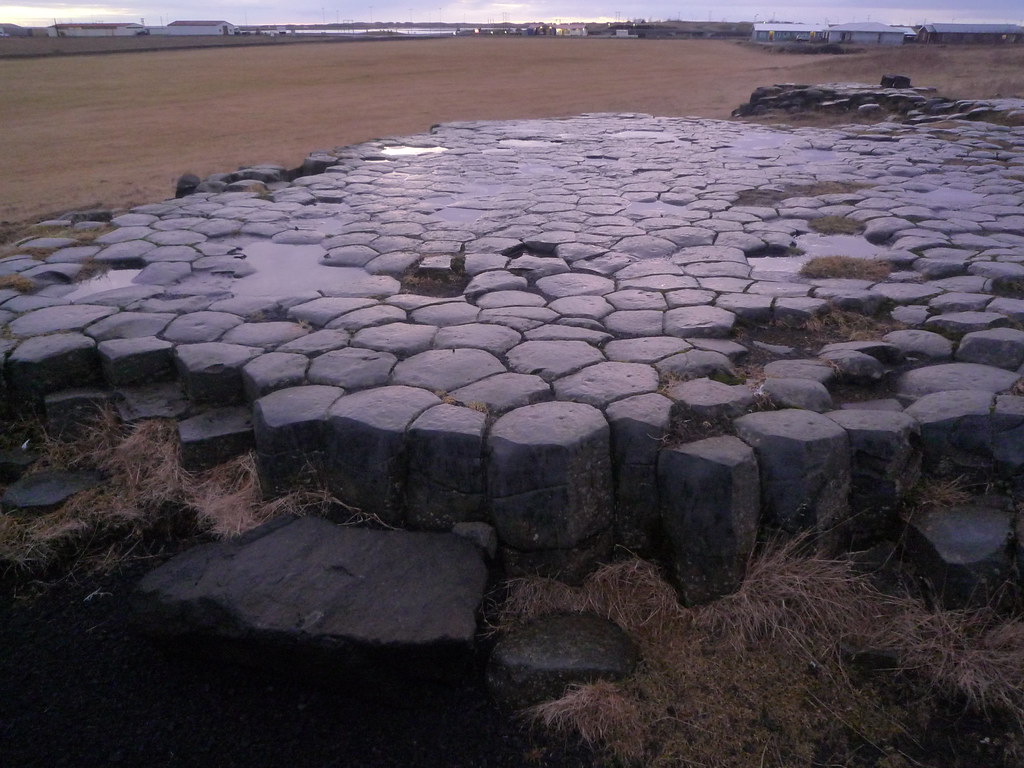
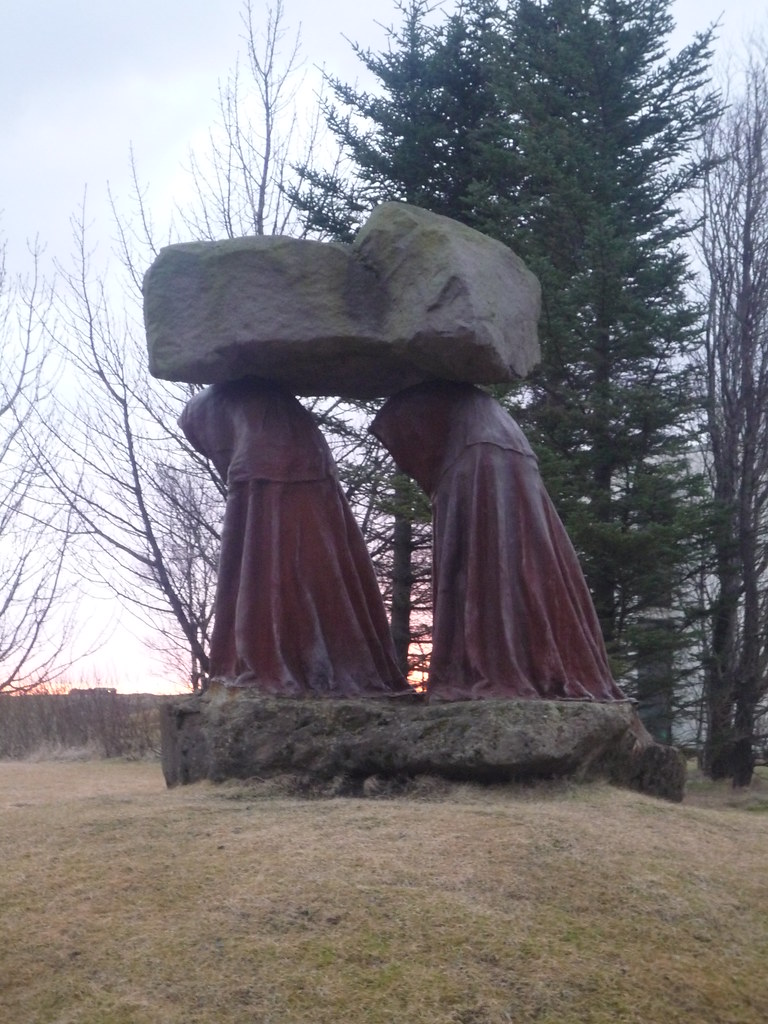
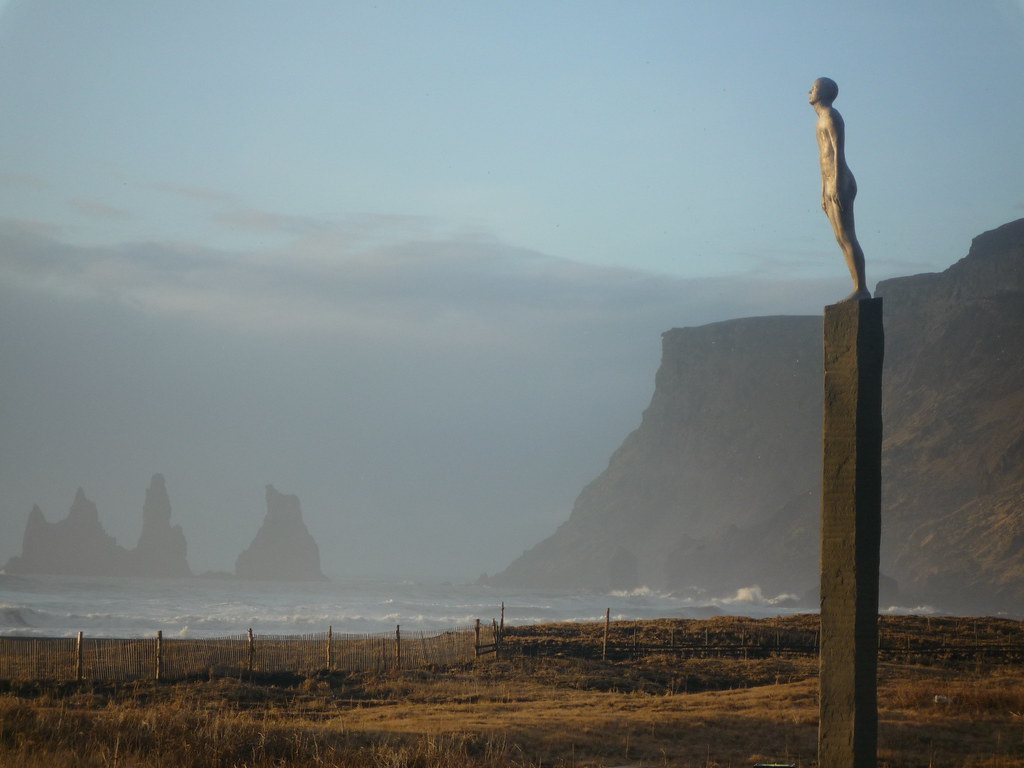
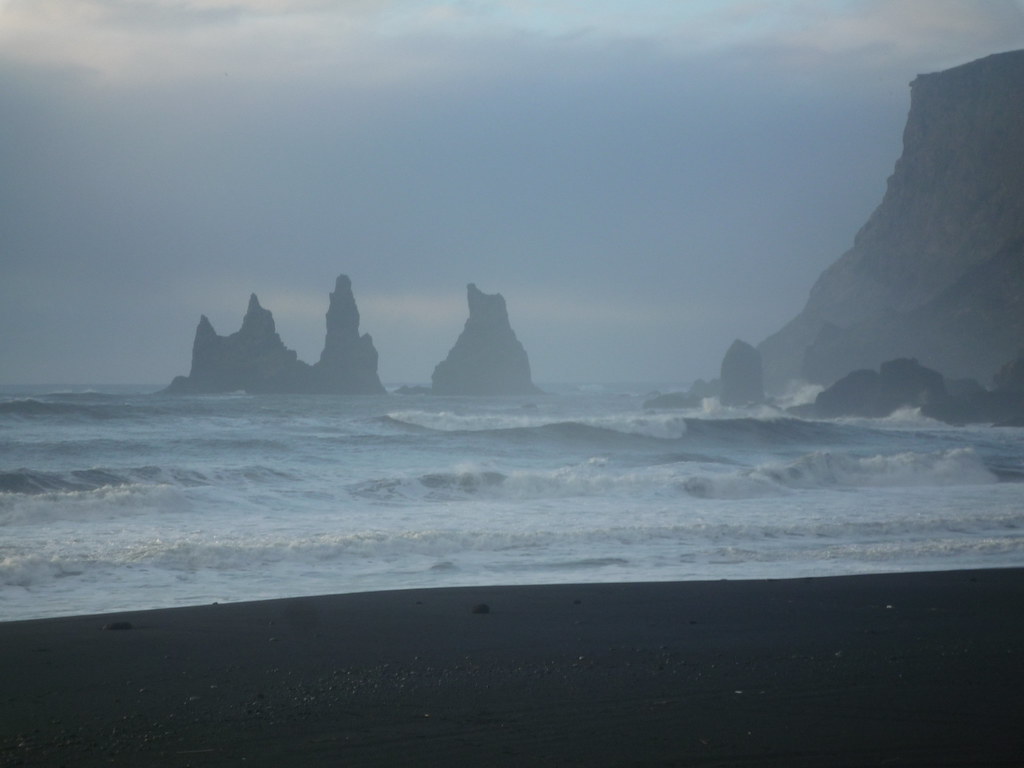
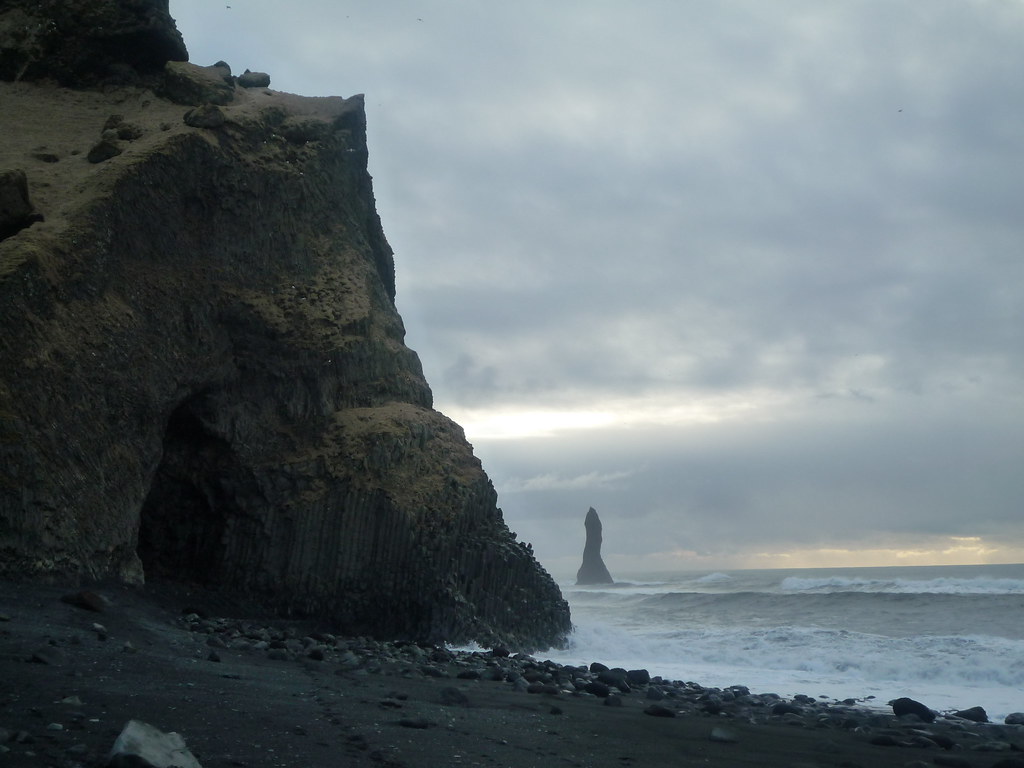
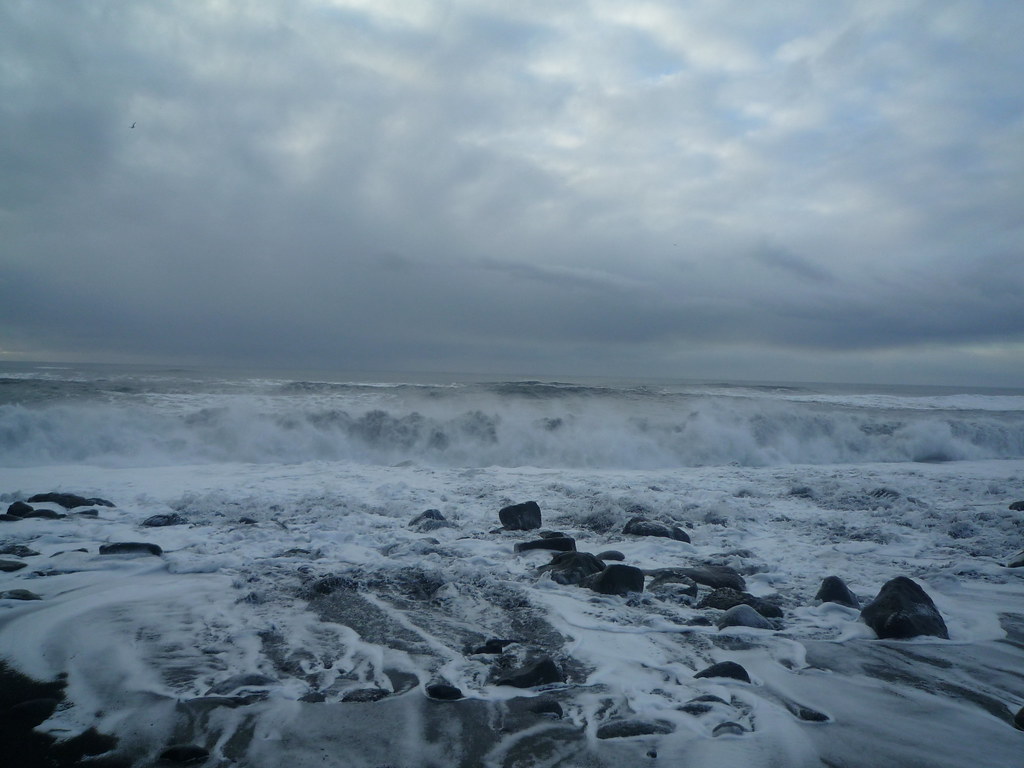
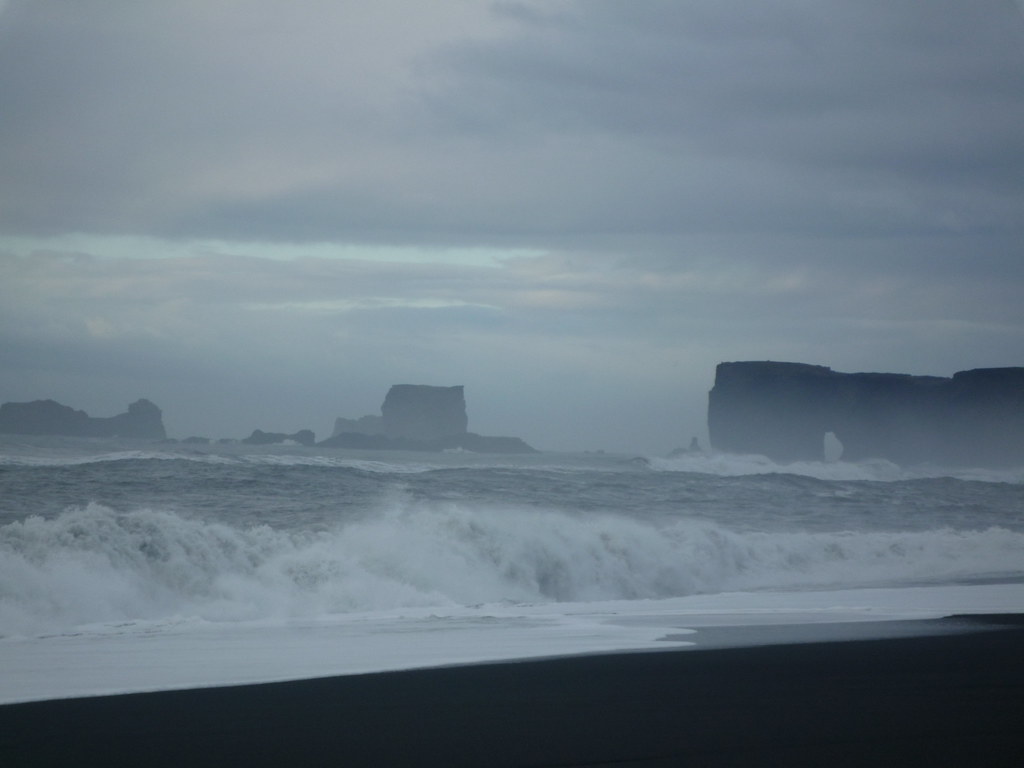
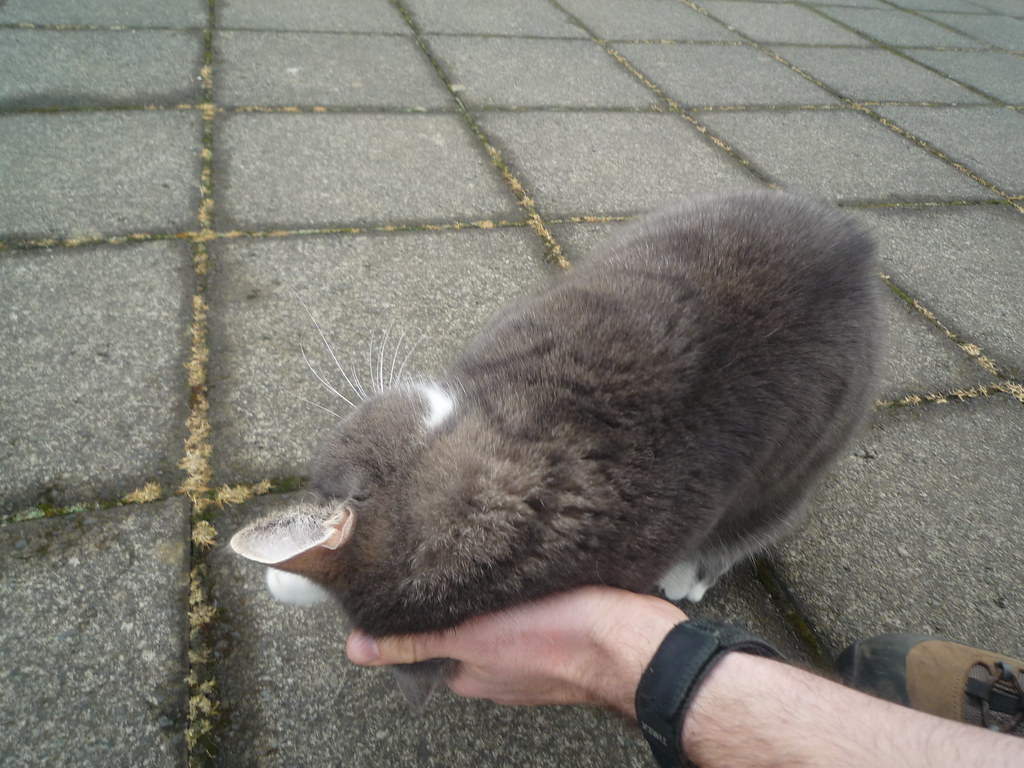
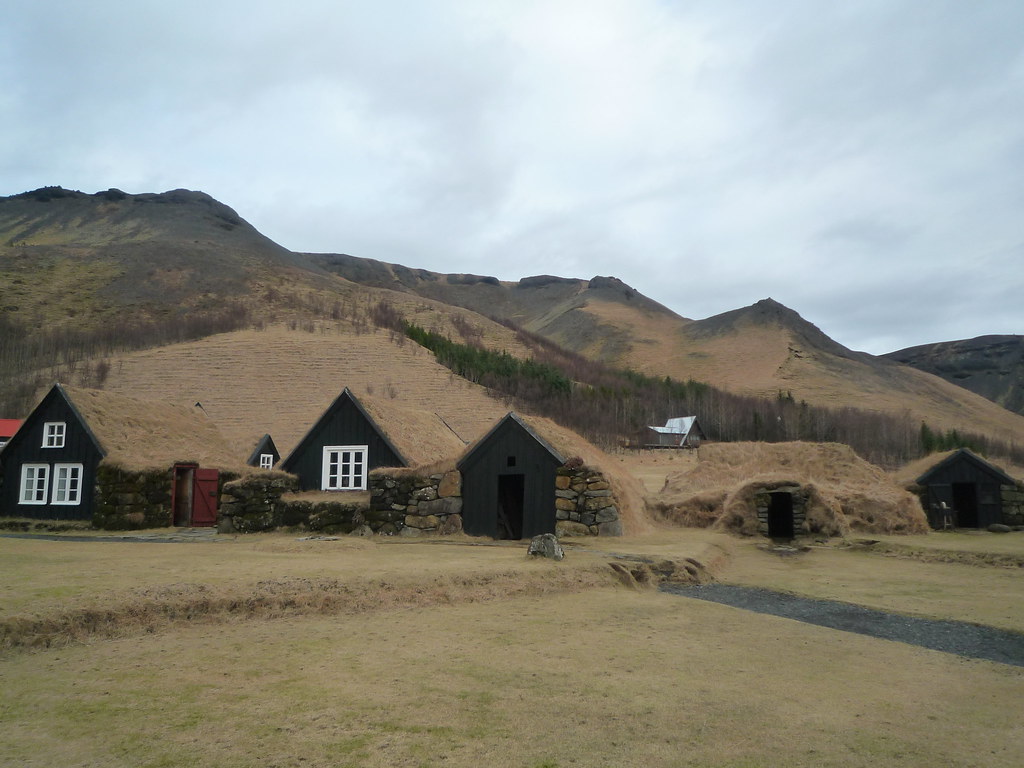
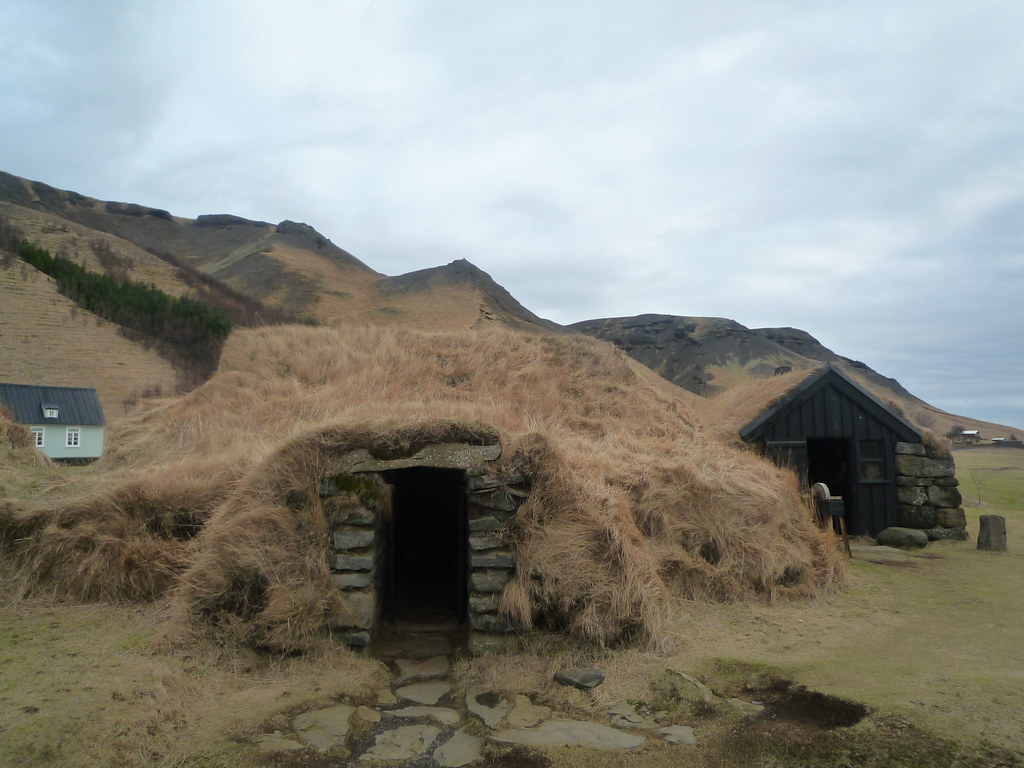


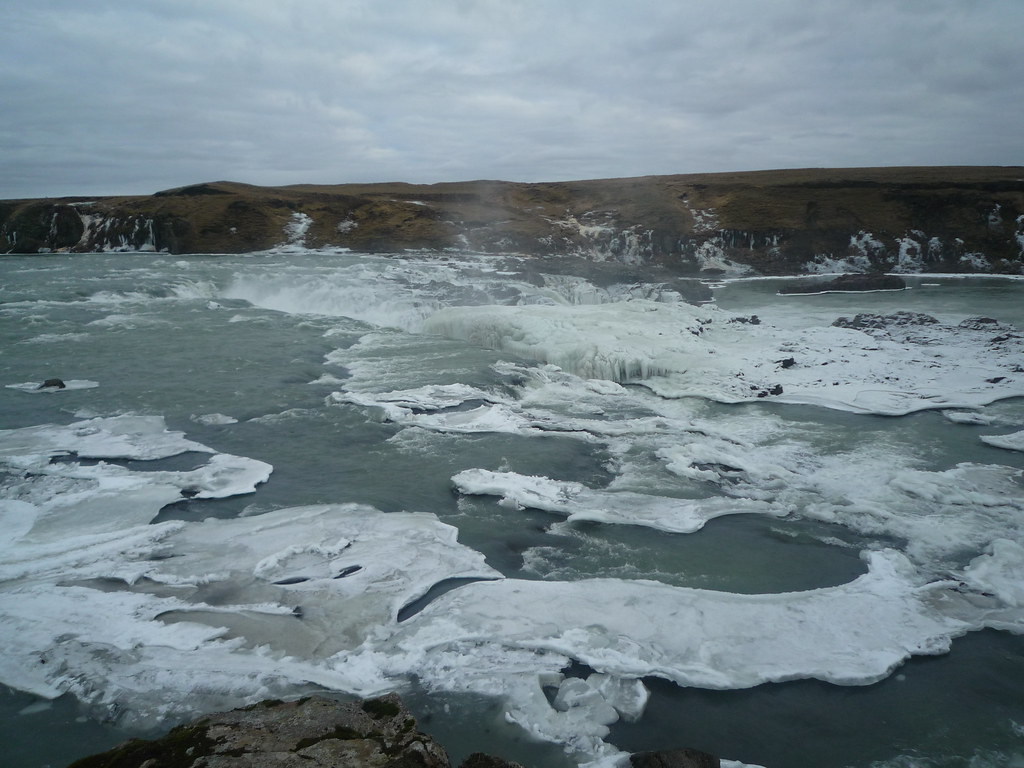
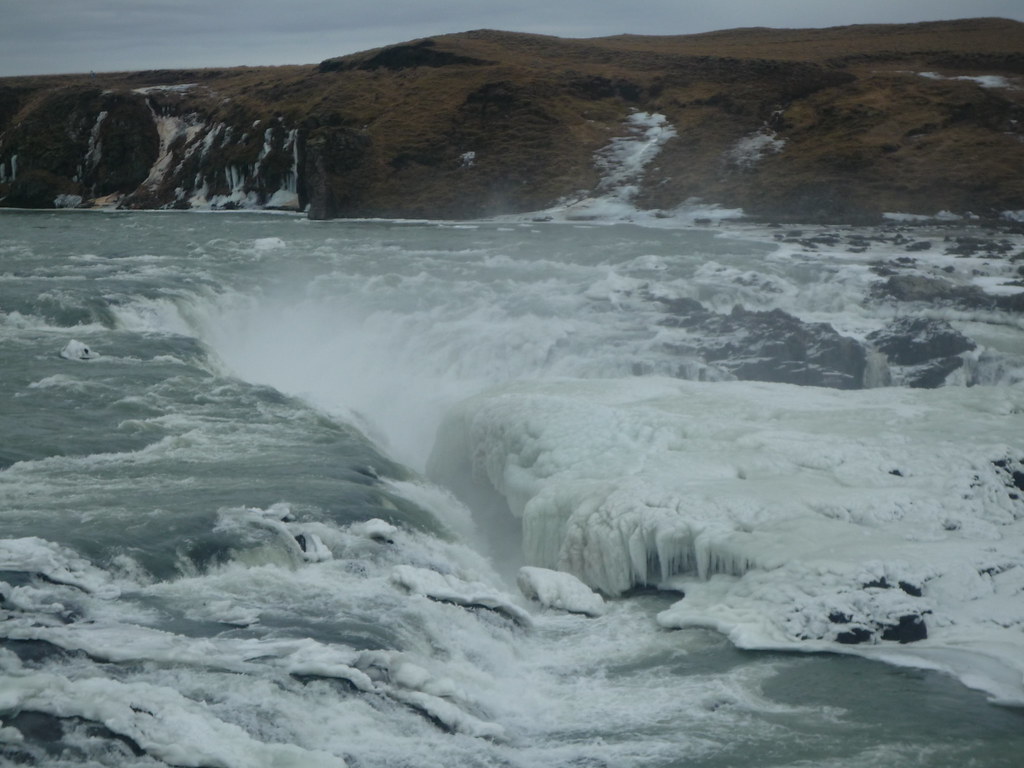

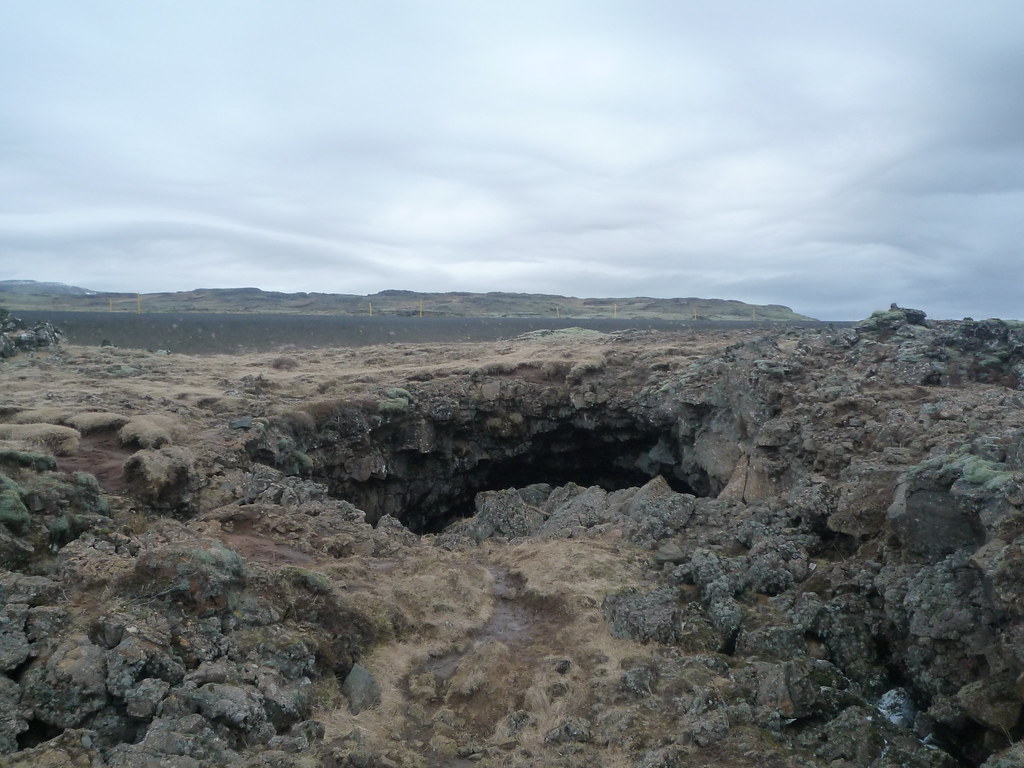
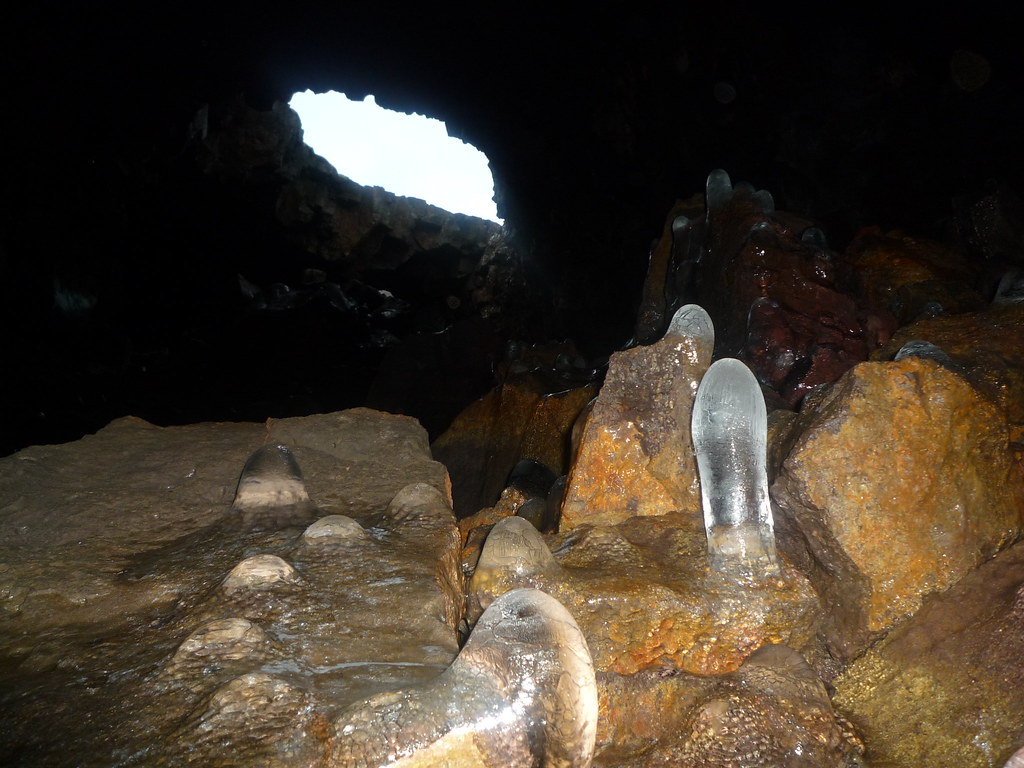
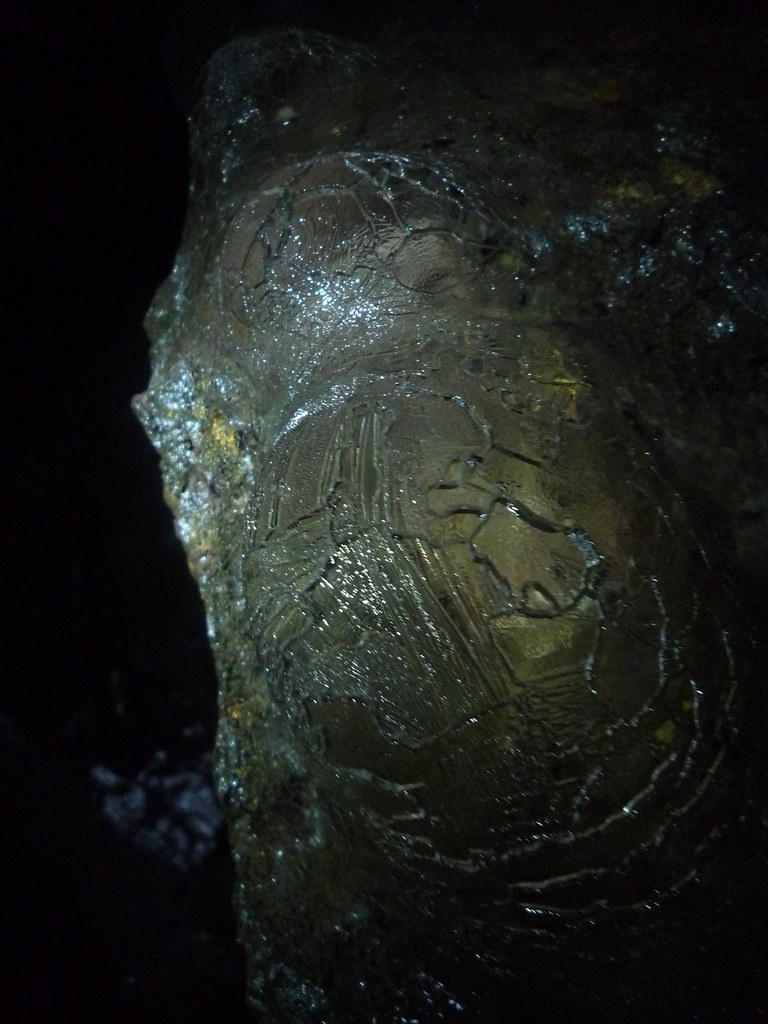
0 comments:
Post a Comment